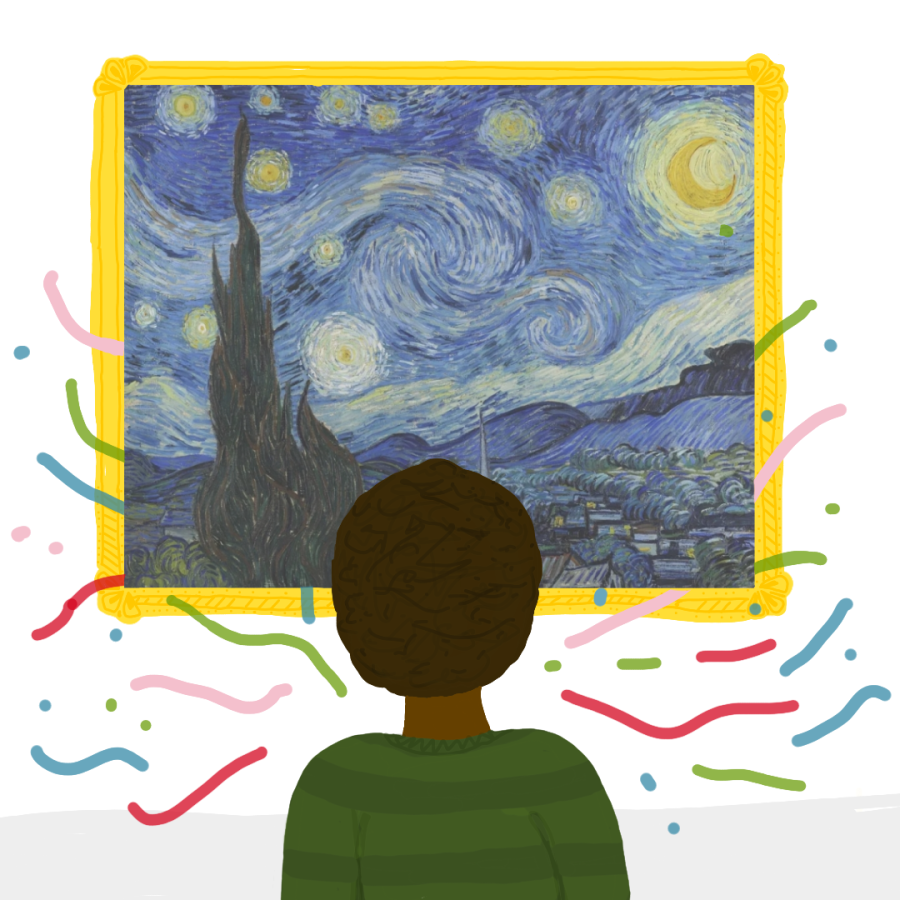Arts Education Should be Given More Value
March 7, 2023
What was the last art project you can remember doing in class? If you do not immediately think back to elementary school, you are most likely a student utilizing their elective credit to take an arts class. There is a heavy lack of emphasis on arts education within public schools, which takes away from future students’ opportunities.
From a young age, we are taught to devalue the arts. In elementary school, I distinctly remember counting down the weeks until art days — where the art docents would come to our classroom and would lead an art project spanning 30 plus minutes. Of course, part of the reason for this excitement was the fact that this happened only a few times a year. Once or twice a year, we would get exposure to an art project in class. In middle school, this dropped down to zero, unless you choose to take an art elective, which in no way was mandatory. In Washington public high schools, there is a requirement of two art credits to graduate, one of which can be substituted with a personal pathway credit. The option of substitution with a personal pathway credit further highlights how arts education is devalued and seen as a simple checklist to get done. Ultimately, the arts are shoved to the side and forgotten about, regardless of age.
Art is ultimately not seen as an essential skill for students to learn, something that is shown through its lack of assessment. School districts often first cut funding to the arts, because it is a program that has no way to assess its effectiveness. So is that to say the arts provide little to no skills to students, but rather serve as a self-care/relaxing activity? Not quite. According to Edutopia, “Through the arts, students develop skills like resilience, grit, and a growth mindset to help them master their craft, do well academically, and succeed in life after high school.” While arts may be “relaxing” and “easy” to some, they provide a large amount of soft skills that are crucial to development in one’s life.
LinkedIn Learning also highlights the importance of creativity, stating, “It’s no stretch to say creativity is the single-most important skill in the world for all business professionals today to master.” Arts education can play an instrumental role in developing creative thinking, and there are a variety of ways to go about this. Contrary to popular belief, arts education is not simply a class where a student sits in a chair and paints for hours on end. While this might be what it looks like for one student, education in the arts consists of many opportunities: graphic design, theater, ceramics, and more! With such customizable classes that span across multiple fields, and the numerous soft skills one can gain from any of these classes, the argument that arts education will not benefit students’ future careers is decrepit. For example, an aspiring engineer might benefit from graphic design or visual arts, which would prepare them for the 3D modeling software that they would need to utilize throughout their career. Arguably, the broad offerings of art classes and the interpersonal skills that students gain from them are more widely beneficial than any knowledge students may gain from specialized niche classes, such as a school-wide requirement for X amount of years for a lab science.
Education in the arts must be valued and taught more broadly, as it provides tremendous benefits to students. I encourage students to value these classes, and to select an additional art credit for the 2023-2024 school year.




